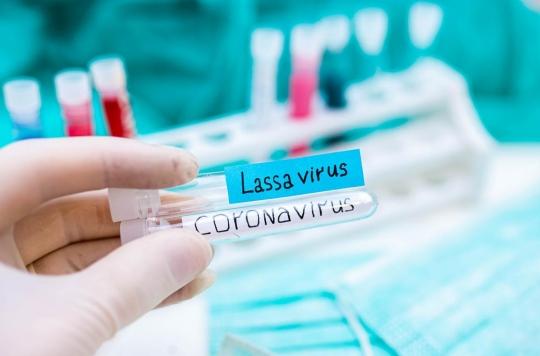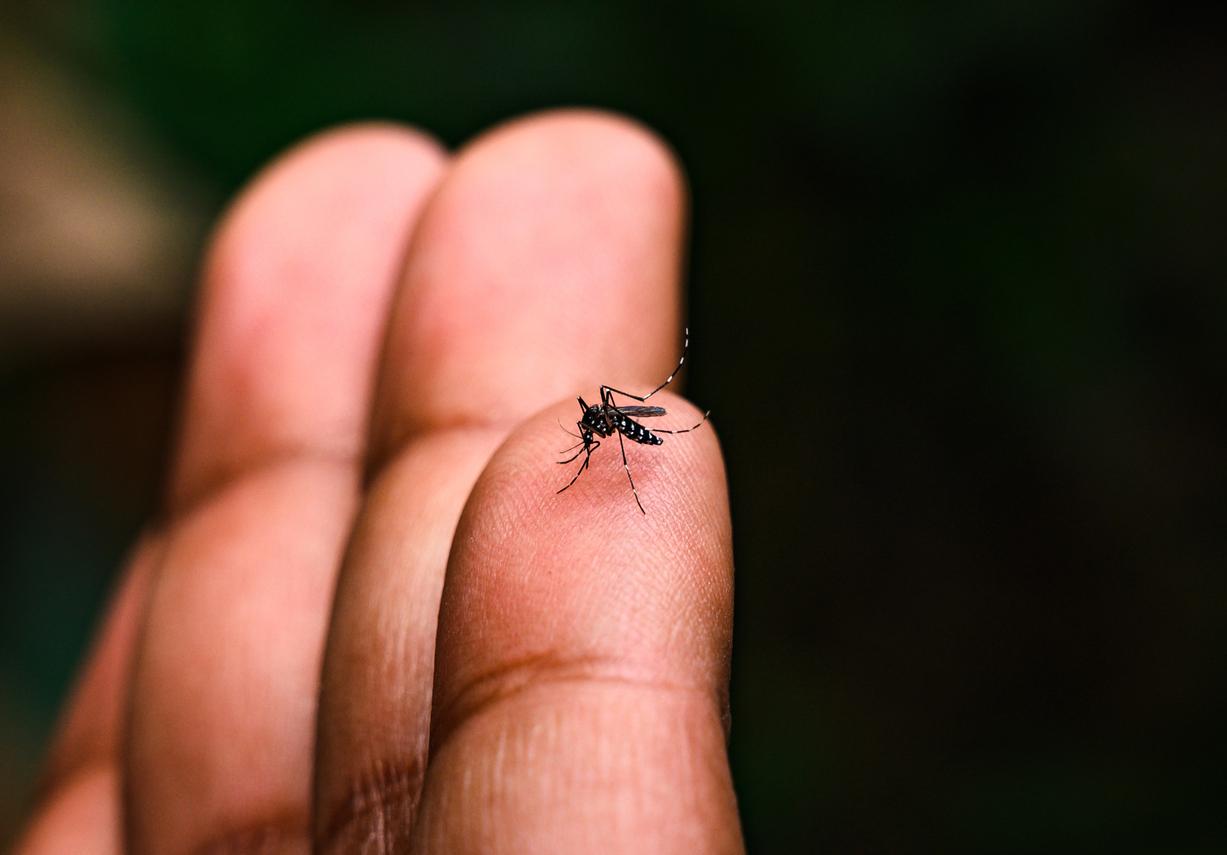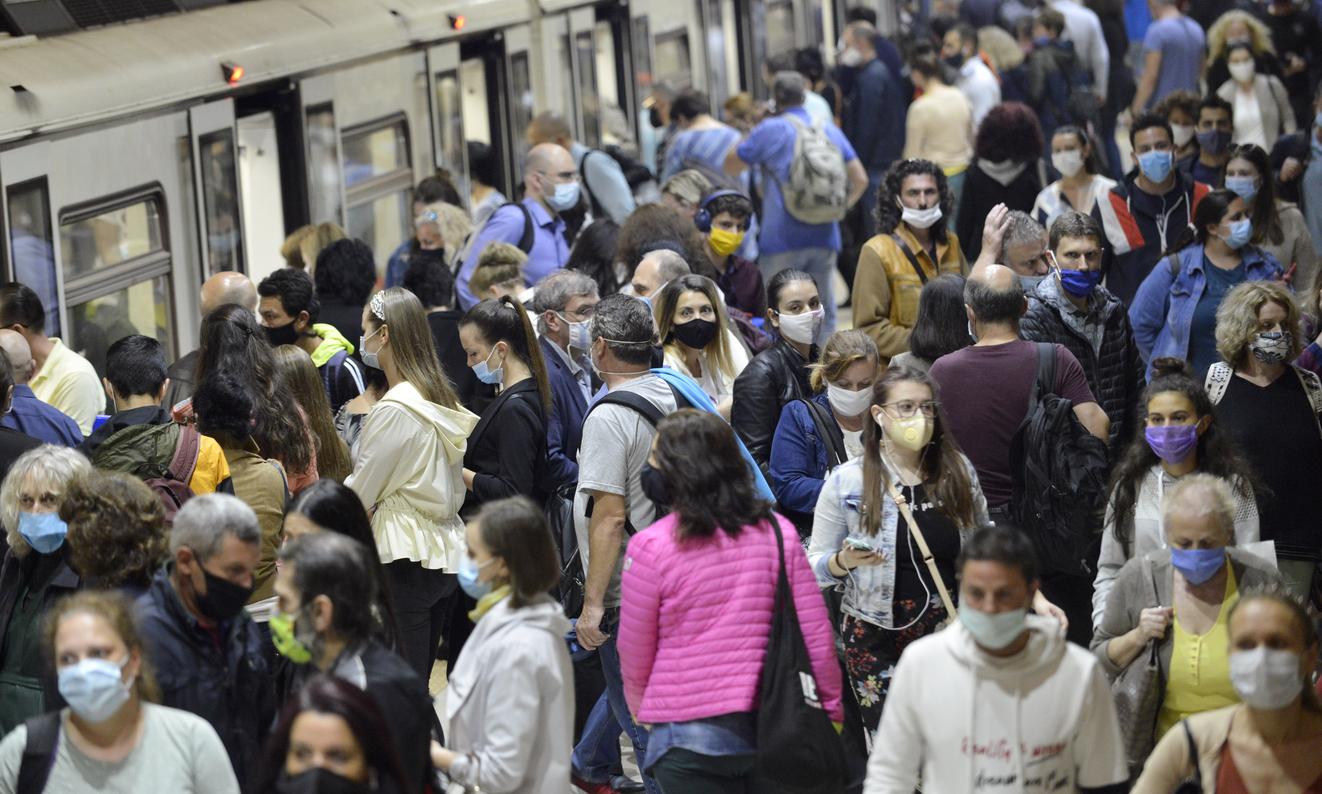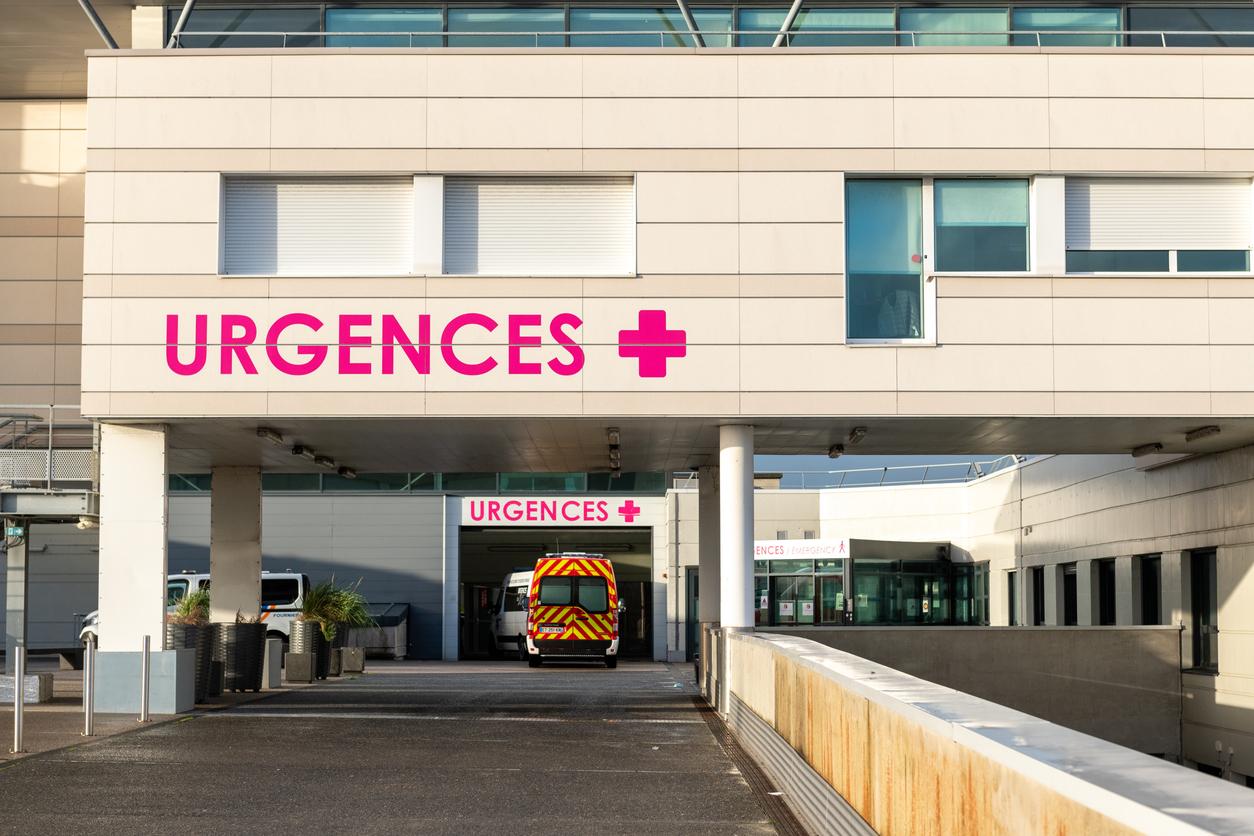Nigeria is currently affected by an epidemic of Lassa hemorrhagic fever, which is much more deadly than the coronavirus.

- Death rate in epidemic Lassa fever affecting Nigeria is 23%
- This epidemic goes unnoticed, the whole world being focused on that of the coronavirus
While the whole world is watching the evolution of the coronavirus, another far more deadly disease is currently decimating Nigeria, Lassa hemorrhagic fever. If the disease kills all year round in this country and its surroundings, the escalation of the epidemic began in the second week of the year with so far 774 people infected and 132 dead, the equivalent of 96 % of total cases recorded in 2019 where the mortality rate was 23%. By way of comparison, that of Covid-19, which also affects Nigeriais currently established at around 2%.
Each year, the endemic peak is between late December and March. The dry season and bush fires attract the multi-udder rat, which contaminates dwellings by urinating on beans left to dry in the sun or by sneaking into dwellings.
Every year, the disease returns more and more deadly. “We are living the most serious epidemic we have known so far”warns Olufemi Ayodeji, responsible for the response to Owo, quoted by Le Figaro. According to the WHO, Lassa fever, endemic throughout West Africa, affects 100,000 to 300,000 people each year and kills two to three times more than Ebola in the region.
“We don’t rush to the gate to fund research”
“The problem with this disease is that commercially, it does not interest many people because the market is mainly West African and even in Nigeria, it mainly affects people who live below the poverty line.deplores Dr. Chikwe Iihekweazu, director of the Nigerian Center for Disease Control, the official health body responsible for monitoring and implementing emergency responses, at the Figaro. It is a typically African disease, we do not rush to the gate to fund research.
For Dr. Olubusuyi Moses Adewumi, an arenavirus specialist and virologist at the College of Medicine at the University of Ibadan (Nigeria), this rapid increase in the epidemic is due to the absence of an effective surveillance system capable of monitoring circulation of the virus in the country through rodents. “In our environment, vectors continue to have the possibility of interacting with the human population and consequently spreading the virus without control.”explains the expert to the site Quartz Africa.
Nevertheless, “the international health agency and the media deserve more attention to the coronavirus given its propensity for a pandemiche continues. ILassa fever is our local problem in this part of the continent, therefore, it is our responsibility to ensure the control of the epidemic.”
For several weeks, the health authorities have been recommending that the population avoid eating certain foods such as gari, a cassava flour often in contact with rats carrying the virus in homes.
Transmission through rodent excretions or direct contact with patient fluids
Lassa fever was first discovered in 1969 in the city of Lassa (northern Nigeria), hence its name. Transmission occurs through rodent excretions or direct contact with blood, urine, stool or other body fluids of a patient.
Asymptomatic in 80% of cases, the affliction can sometimes affect the liver, spleen and kidneys, and lead to serious sequelae. It is endemic to Nigeria, Guinea, Liberia and Sierra Leone. After an incubation rate of 6 to 21 days, symptoms similar to those of Ebola may appear, such as fever, generalized weakness, headache, throat irritation, cough, vomiting, or even diarrhoea. When the disease worsens, facial edema can be observed, as well as tremors or loss of consciousness. A quarter of patients are also deaf. If Lassa fever can affect all ages and sexes, pregnant women are particularly vulnerable to it: infected, they die in 80% of cases, with the fetus.
What treatments?
Currently, a treatment exists to take care of the disease but it is criticized and called into question by many specialists. This is Ribavirin, a virostatic administered to fight viral infections, hepatitis and certain fevers. Unfortunately, administered beyond the first six days, it is not very effective. However, since Lassa fever initially causes symptoms similar to those of malaria and yellow fever, it is difficult to detect it early. What’s more, the drug has side effects that can aggravate the sequelae of the disease, especially in terms of kidney function. Finally, this treatment is very expensive since it costs €500 to €600 per patient, in addition to additional costs.
Since the end of 2017, several researchers have been trying to find more effective and less expensive solutions. Five candidate vaccines are currently being developed. Two of them have already successfully passed the preclinical test phases on animals.
.















